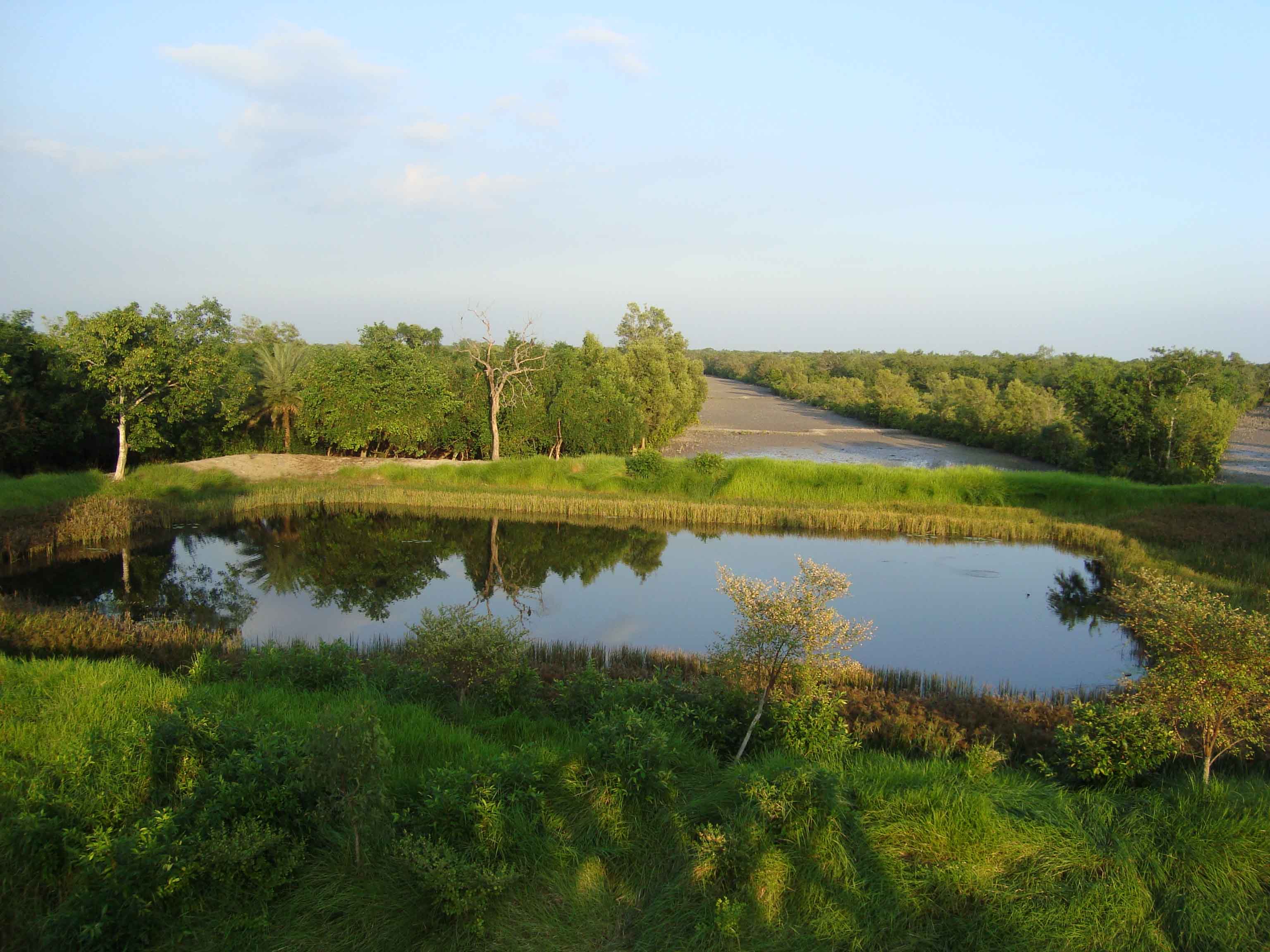3 Things You Didn’t Know About Land Resource Management
 Land resource management, as its name suggests, is the practice of managing land as a natural resource. Different types of land may have vastly different uses and applications. As well, there are many different approaches to managing various aspects of land as a resource, including water, soil, minerals, flora and fauna.
Land resource management, as its name suggests, is the practice of managing land as a natural resource. Different types of land may have vastly different uses and applications. As well, there are many different approaches to managing various aspects of land as a resource, including water, soil, minerals, flora and fauna.
In this post, learn 3 interesting things you didn’t know about land resource management.
Fact 1: Land management and sustainable land management are two different things.
In today’s world of dwindling planetary natural resources, there is a shift occurring across industries. In the past, the traditional approach for many was to simply use up what is available and then look for more. Sovereign Natural Resources, Inc. said, “Today, a new goal has replaced this approach, which is to make what is available last as long as possible and then find ways to reuse and recycle what has been previously used so it will last even longer.”
Along with this new goal, there is a supporting goal to replenish what has been taken for use in as quick and environmentally friendly a method as possible. Together, the twin goals of recycling/reusing and replenishing comes under the umbrella of “sustainable land management.”
Shifting to a sustainable approach is so important that the United Nations has wrapped sustainable land use and management into its broader goals to ensure that all people and beings have what they need for the foreseeable future.
Fact 2: Watching for “change indicators” is a major aspect of land resource management.
A “change indicator” is a warning sign of some sort that some aspect of managed land is improving or declining. While there are the occasional improvements to be noted, especially in cases where contaminated land is undergoing remediation towards reuse, for the most part today a change indicator is an early warning sign of decline or degradation.
There are many different change indicators that land resource managers are charged with watching for, including the following:
– Decrease in soil quality.
– Erosion of soil or topsoil loss.
– Increasing salinity in formerly fresh or brackish water sources.
– Acidification of formerly neutral or alkaline soil sources.
– Loss of ground cover and vegetation.
Different events may be at the root of these change indicators. Over-grazing, over-farming a plot of land, changing weather patterns, nearby land use and more can trigger a change indicator. Land managers then have the challenge of compensating for these changes.
Fact 3: Land resource management is one of the major areas of focus for the National Park Service (NPS).
The National Park Service is charged with managing more than 400 plots (in many shapes and sizes) of protected natural land. Many of these lands include many different types of resources, including the following:
– Natural resources. Includes ecosystems, plants, animals, minerals, water, land, caves, rivers and lakes, geological formations, skies, seas and more.
– Cultural resources. Includes archeological resources, historical resources, even prehistoric resources!
Not surprisingly, it is a tall order to manage, maintain and preserve such as vast and diverse array of resources scattered across the nation over thousands of acres of protected land. As such, the NPS staff often works with local communities and affected populations (such as indigenous tribes) to ensure maximum protection and preservation of our collective national land treasures. Different techniques are incorporated to ensure the best outcome of all protected land resource management, including the following:
– Science. New scientific processes are making it easier to map and manage even large land masses along with predicting future issues.
– Technology. Technology is easing issues with monitoring the land and the resources.
– Compliance. Federal laws are now in place to provide consequences for tampering with or harming protected land resources.
– Planning. Planning incorporates the short and long-term impact of managing protected resources.
– Public education. Educating the public and providing options for visiting protected lands increases appreciation and participation in the preservation of the resources.
These three facts highlight the critical role land resource management plays in protecting and preserving natural resources and national land treasures.

















